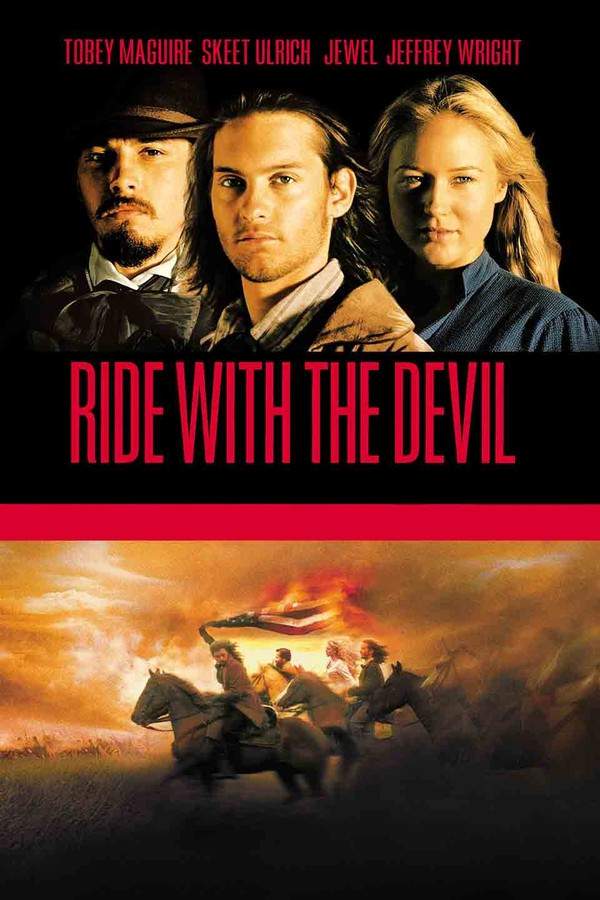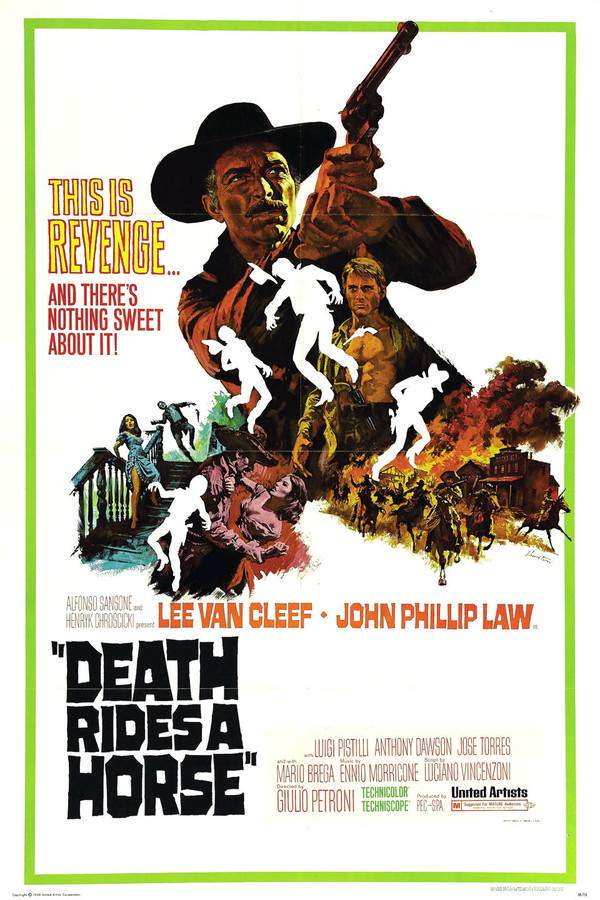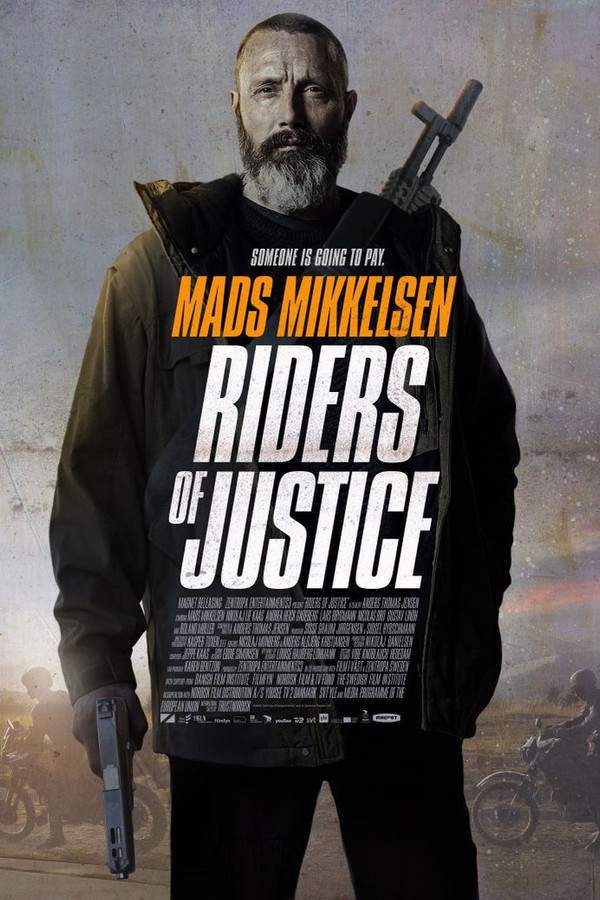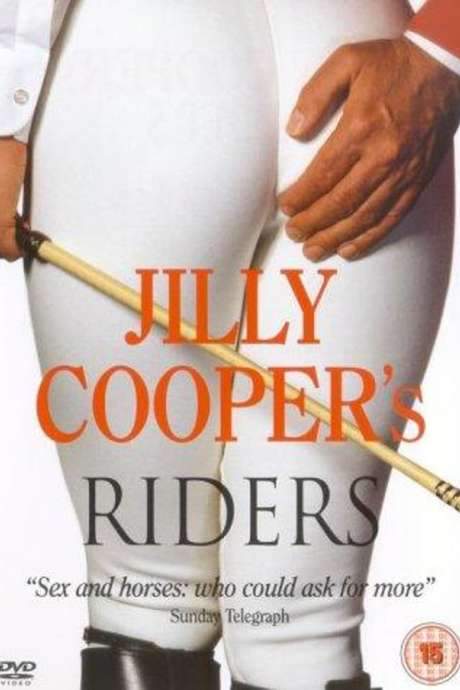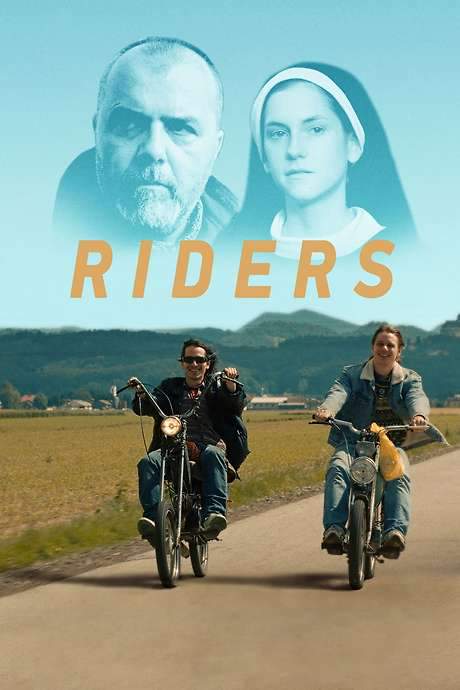The Rider Named Death 2005
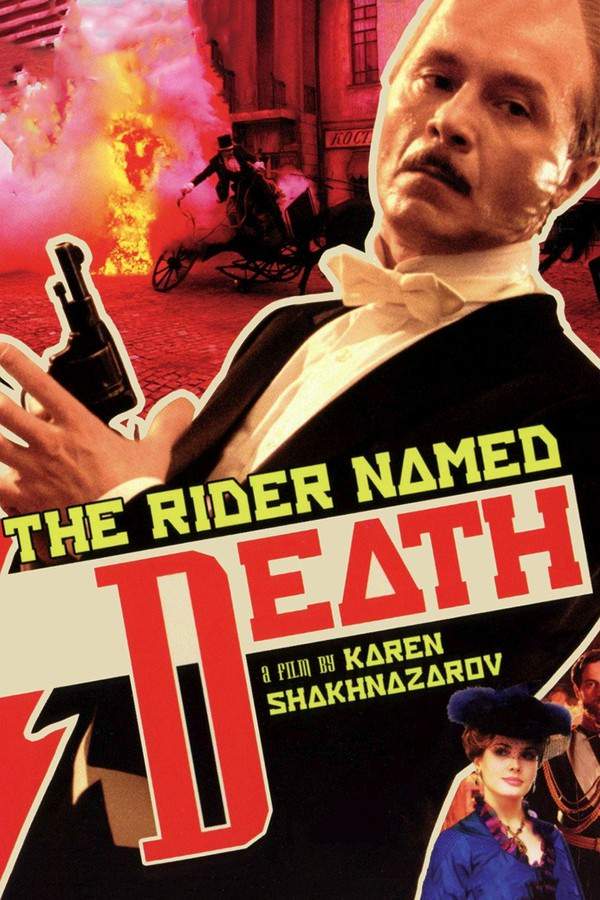
In early 20th-century Russia, a band of rebels initiates a dangerous uprising against the oppressive ruling class. Armed and driven by a desire for change, they strategically target influential officials in a determined effort to ignite a revolution and reshape the nation's future.
Does The Rider Named Death have end credit scenes?
No!
The Rider Named Death does not have end credit scenes. You can leave when the credits roll.
Meet the Full Cast and Actors of The Rider Named Death
Explore the complete cast of The Rider Named Death, including both lead and supporting actors. Learn who plays each character, discover their past roles and achievements, and find out what makes this ensemble cast stand out in the world of film and television.
No actors found
External Links and Streaming Options
Discover where to watch The Rider Named Death online, including streaming platforms, rental options, and official sources. Compare reviews, ratings, and in-depth movie information across sites like IMDb, TMDb, Rotten Tomatoes or Metacritic.
Ratings and Reviews for The Rider Named Death
See how The Rider Named Death is rated across major platforms like IMDb, Metacritic, and TMDb. Compare audience scores and critic reviews to understand where The Rider Named Death stands among top-rated movies in its genre.

48
Metascore
tbd
User Score


%
TOMATOMETER

0%
User Score

6.3 /10
IMDb Rating

46
%
User Score
Take the Ultimate The Rider Named Death Movie Quiz
Challenge your knowledge of The Rider Named Death with this fun and interactive movie quiz. Test yourself on key plot points, iconic characters, hidden details, and memorable moments to see how well you really know the film.
Revolution and Retribution: The Rider Named Death Quiz: Test your knowledge on the historical and character-driven elements of 'The Rider Named Death.'
Who is the protagonist leading the socialist group?
George
Sergei
Fydor
Heinrich
Show hint
Full Plot Summary and Ending Explained for The Rider Named Death
Read the complete plot summary of The Rider Named Death, including all major events, twists, and the full ending explained in detail. Explore key characters, themes, hidden meanings, and everything you need to understand the story from beginning to end.
The movie opens with a stunning woman stepping into the czar’s palace at the turn of the century in Russia, requesting permission to visit her brother who is imprisoned. However, what unfolds is unexpected; as she meets the leader, she reveals a hidden gun and shoots him dead. This act ignites a narrative on the history of revolution in Russia and its far-reaching consequences.
Leading a small faction of Russian socialists is George, portrayed by Andrei Panin, who alongside his comrades, is determined to dismantle the existing monarchy. The government, under the rule of The Grand Prince Sergei Aleksandrovich, played by Vasiliy Zotov, has endured numerous attacks from dissident socialists, marking a tumultuous political landscape.
As George reflects on the past assassination attempts and their implications, we meet Erna, the group’s bomb maker, portrayed by Kseniya Rapport. Her motivation is heightened by a cocaine addiction, and she finds herself enamored with George after their intimate encounters throughout their dangerous association.
The film also introduces Fydor, played by Rostislav Bershauer, who harbors deep resentment over the social and economic inequalities exacerbated by the revolution. Another significant character is Vanya, portrayed by Artem Semakin, who firmly believes that the chaos instigated by terrorists is essential to the revolutionary cause. Lastly, there’s the pragmatic Heinrich, brought to life by Aleksey Kazakov, who contemplates the broader implications of their revolutionary actions with a level of scholarly depth that distinguishes him from his peers.
As the group orchestrates their attempts to sabotage the government, a series of failures emerge, leading to casualties among their ranks. Amidst the turmoil, George focuses on his personal mission to topple the Grand Prince, underscoring the themes of sacrifice, ambition, and ideological conflict within the turbulent backdrop of revolutionary Russia.
Uncover the Details: Timeline, Characters, Themes, and Beyond!

Coming soon on iOS and Android
The Plot Explained Mobile App
From blockbusters to hidden gems — dive into movie stories anytime, anywhere. Save your favorites, discover plots faster, and never miss a twist again.
Sign up to be the first to know when we launch. Your email stays private — always.
Discover Film Music Concerts Near You – Live Orchestras Performing Iconic Movie Soundtracks
Immerse yourself in the magic of cinema with live orchestral performances of your favorite film scores. From sweeping Hollywood blockbusters and animated classics to epic fantasy soundtracks, our curated listings connect you to upcoming film music events worldwide.
Explore concert film screenings paired with full orchestra concerts, read detailed event information, and secure your tickets for unforgettable evenings celebrating legendary composers like John Williams, Hans Zimmer, and more.


The Rider Named Death Themes and Keywords
Discover the central themes, ideas, and keywords that define the movie’s story, tone, and message. Analyze the film’s deeper meanings, genre influences, and recurring concepts.
The Rider Named Death Other Names and Titles
Explore the various alternative titles, translations, and other names used for The Rider Named Death across different regions and languages. Understand how the film is marketed and recognized worldwide.
Similar Movies To The Rider Named Death You Should Know About
Browse a curated list of movies similar in genre, tone, characters, or story structure. Discover new titles like the one you're watching, perfect for fans of related plots, vibes, or cinematic styles.
Quick Links: Summary, Cast, Ratings, More

What's After the Movie?
Not sure whether to stay after the credits? Find out!
Explore Our Movie Platform
New Movie Releases (2026)
Famous Movie Actors
Top Film Production Studios
Movie Plot Summaries & Endings
Major Movie Awards & Winners
Best Concert Films & Music Documentaries
Movie Collections and Curated Lists
© 2026 What's After the Movie. All rights reserved.












